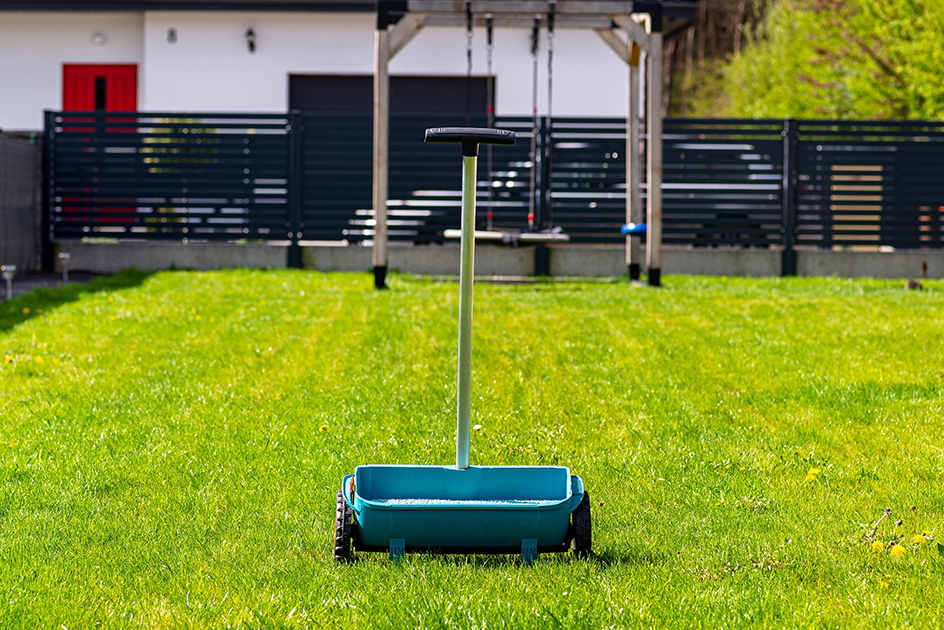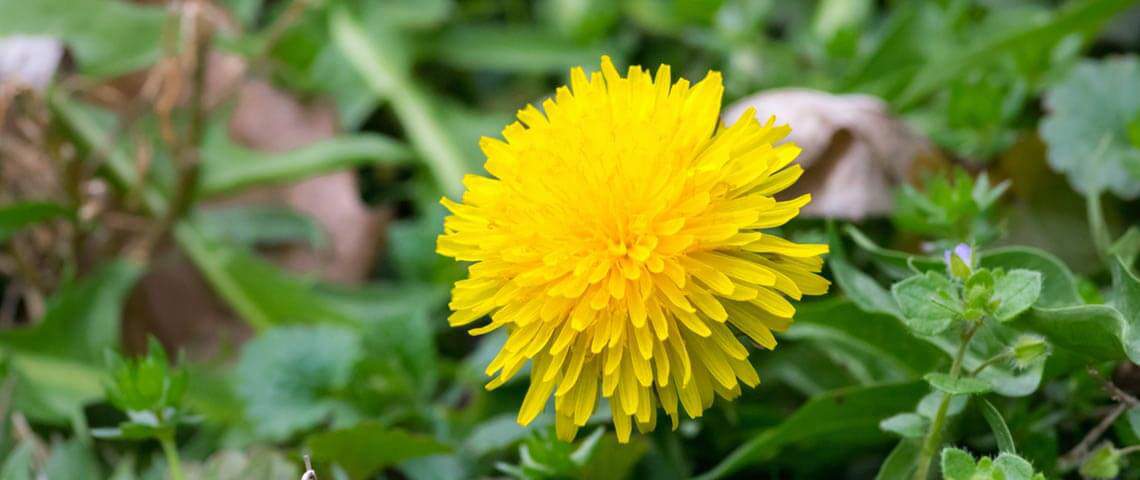Lawncare Resources
From first-time homeowners looking to get started in the yard to seasoned veterans looking for an edge up on the neighbors, our experts are here to give you the best advice on how to grow the lushest, healthiest, greenest grass possible.-
How to Create a No-Mow Meadow Grass Lawn
Learn how to take your grass from traditional lawn to a long, lush, no-mow meadow grass lawn. Put mowing on hold, maximize free time, and enjoy the view.
-
All You Need to Know About Sun and Shade Grass Seed
When parts of your yard get sun and shade, a versatile grass mix such as Pennington Smart Seed Sun & Shade can help you get outstanding results under both conditions.
-
How to Prevent Seed and Soil Erosion on Slopes and Hills
Planting grass seed on slopes and hills isn't difficult. Learn how to successfully plant grass on slopes and hills for erosion control.
-
Turn Your Grass into an Easy-Care, Sustainable Lawn
Learn how you can turn your traditional lawn into an easy-care, natural-looking, sustainable lawn that embraces what's most important to your family and you.
-
Why Fall Is Best for Grass Seed
Fall is the best time of year for planting cool-season grasses, hands down. Learn why you should plant grass seed this fall and keep your lawn lush and strong.
-
How and When to Feed Your Grass Fertilizer
Are you ready for a new perspective on fertilizing your grass? With Pennington Full Season Lawn Fertilizers, all it takes is one application a season.
-
How to Kill Turf Weeds Like Nutsedge, Crabgrass and Dandelion
Learn how to identify and treat turf weeds such as nutsedge, dollarweed, crabgrass and dandelion.
-
How to Kill Ragweed in Your Lawn
Learn how to kill and control ragweed, enjoy a beautiful lawn, and maintain a thick, lush lawn.










